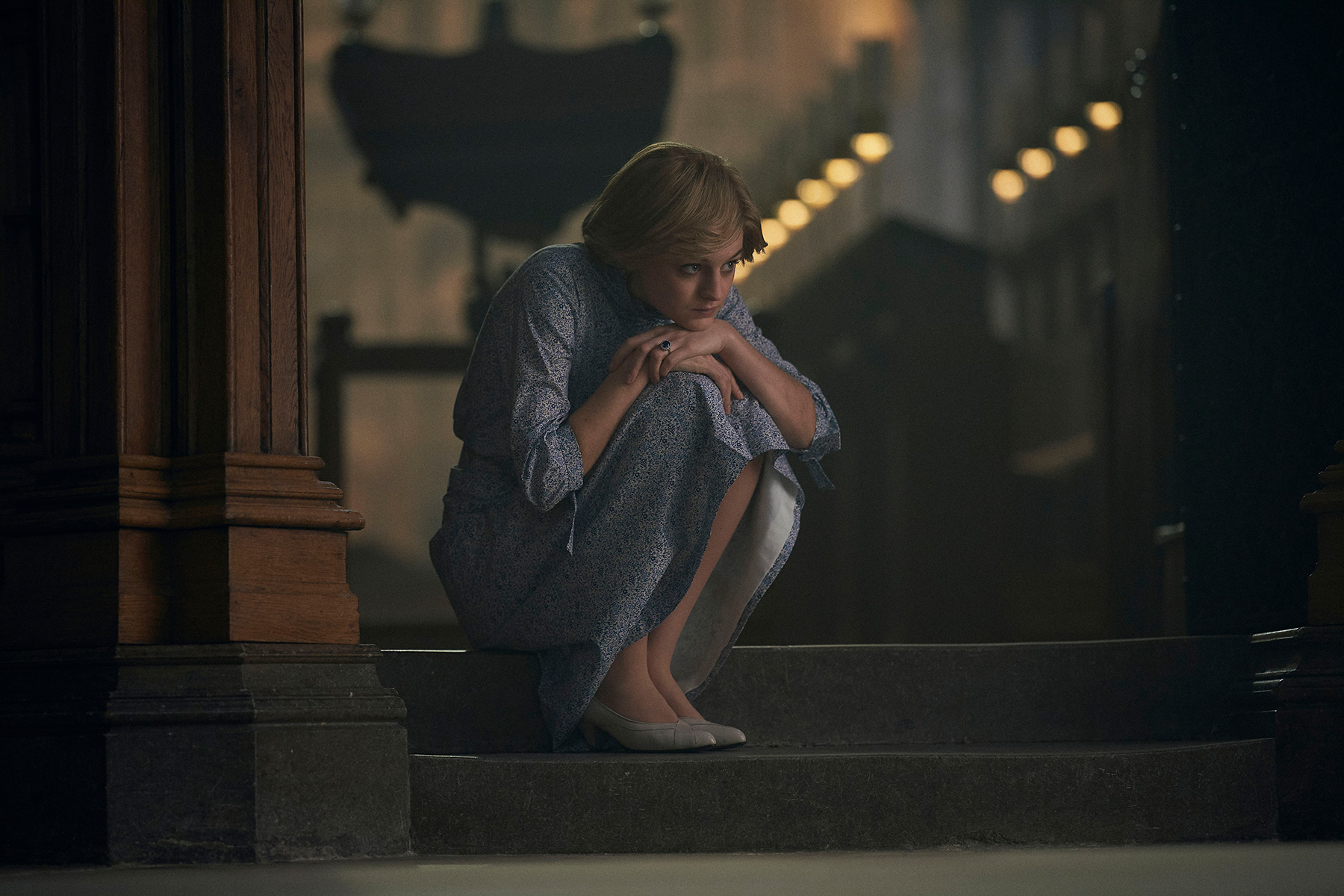Trigger warning: mentions of eating disorders. Please read with caution.
Season 4 of the hit Netflix series “The Crown” dropped last month, and it depicts the British royal family during Queen Elizabeth II’s rise to power and her subsequent reign. Much to fans’ excitement, the much-beloved Lady Diana Spencer appears in this season, stunningly portrayed by Emma Corrin.
A substantial plot point in Diana’s Season 4 arc is her struggle with bulimia, which unfolds rather vividly onscreen. According to Rolling Stone, Netflix had an eating disorder recovery group consult with the series to ensure that they portrayed Diana’s bulimia correctly and with sensitivity. Netflix also included trigger warnings at the beginning of episodes that showed Diana’s eating disorder, and they included links to recovery resources.
Telling this painful piece of Diana’s story is important when portraying her life accurately, but given how sensitive an issue eating disorders can be, the onscreen depiction has divided fans and experts alike. Chelsea Kronengold is the communications manager at the National Eating Disorders Association (NEDA). She told Rolling Stone, “It’s really tricky to portray eating disorders in the media. There’s a fine line between showing what it’s like, and also potentially crossing over into triggering territory.”
“The Crown” shows Diana binging and purging multiple times across multiple episodes. While it’s important to show the harsh and painful reality of living with an eating disorder, I started to wonder if the multiple scenes were gratuitous.
Some experts disagree with Kronengold. Melissa Gerson, founder and clinical director of Columbus Park Eating Disorder Center in New York, explained in Rolling Stone, “One of the maintaining factors and triggering factors is the isolation she experienced. They really accentuate how alone she was.” She continued, “Also, it’s just a reminder eating disorders come in all shapes and sizes. Even with someone who is very slender and attractive and seemed to have everything, it’s always eye-opening to be reminded that behind the scenes the reality may be different.”
Yes, it is a good thing to show the diversity of eating disorders and how they can affect a wide variety of people, even a princess who seems to live an idyllic life. However, the inside of Diana’s life was not what the public initially believed.
The royal family marketed her and Prince Charles as a classic, romantic fairy tale. This was not the truth. Charles was in love with a married woman, Camilla Parker Bowles, who he would continue to be with throughout his marriage to Diana. “The Crown” shows Diana as unhappy, isolated and alone within her own new family.
Diana spoke candidly about her eating disorder to BBC’s Martin Bashir in 1995. “I had bulimia for a number of years, and that’s like a secret disease. You inflict it upon yourself because your self-esteem is at a low ebb, and you don’t think you’re worthy or valuable. You fill your stomach up four or five times a day — some do it more — and it gives you a feeling of comfort. It’s like having a pair of arms around you, but it’s temporarily, temporary. Then you’re disgusted at the bloatedness of your stomach, and then you bring it all up again. And it’s a repetitive pattern which is very destructive to yourself,” Diana said.
Her statement confirms the feelings of loneliness “The Crown” shows in Season 4. She described her bulimia as feeling almost like a hug, but fleeting, before she suffered again. She stated that she had low self-esteem, which “The Crown” does an adequate job of relaying to the audience. Charles constantly berates her onscreen for everything she does in the public eye, even criticizing her for hugging a child with AIDS, with the flawed belief that her charitable deeds in public somehow hurt Camilla.
Season 4 shows how toxic and unhealthy Charles and Diana’s marriage was; even the queen comments on it when Charles approaches her to complain. “They know that you betray your wife and make no attempt to hide it. They know that thanks to you, she has psychological problems and eats or doesn’t eat or whatever it is she does or doesn’t do,” Olivia Coleman says as Queen Elizabeth II in Season 4, Episode 10.
In this scene, the Queen seemingly blames Charles for Diana’s eating disorder, but she also demonstrates insensitivity to Diana’s struggles with the blasé way she talks about it. “Psychological problems” sounds like a very antiquated and judgmental way to describe mental illness. It also appears that the queen does not even try to understand Diana’s bulimia, instead writing it off as “whatever it is she does or doesn’t do” when it comes to eating. It feels dismissive, and the tone Coleman uses to deliver the line certainly confirms that feeling for me.
As hard as it may be to watch, even triggering for some, Season 4 of “The Crown” does a relatively good job of portraying Diana’s bulimia onscreen and the isolating environment the royal family kept her in.
A qualm I still have, that Rolling Stone writer EJ Dickson also acknowledges, is the lack of onscreen attention given to recovery. We see Diana struggle graphically with her eating disorder, but we don’t see her take steps to recover, which she did in real life. “The Crown” neglects this, which is concerning, given that they’ve brought in a new cast for Season 5, indicating a considerable time jump. If they jump ahead in time, I doubt they’ll show us Diana’s recovery, which is disheartening. It’s heartbreaking to watch her suffer, and they are robbing us of the opportunity to watch her conquer her pain.
















